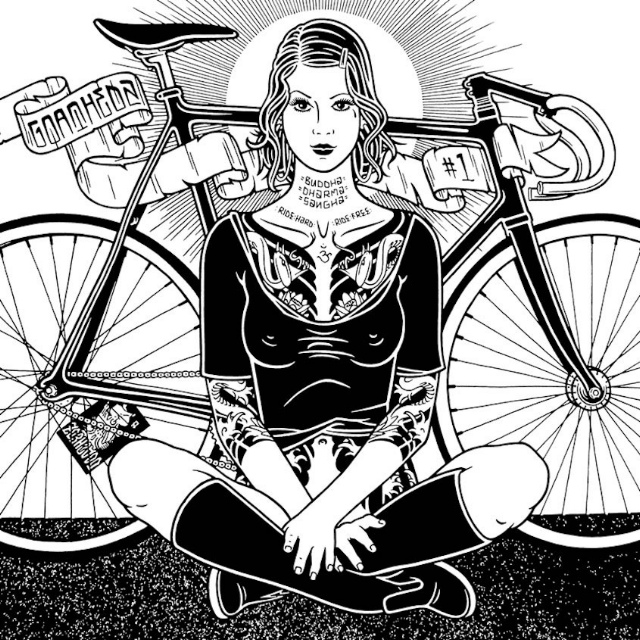There is something old-world in the work of Montreal artist Heidi Taillefer, an evocative and romantic air, her paintings featuring figures from ancient mythology, religion and history. They navigate between the classical and the figurative and her archetypal subjects.
His preoccupation with technology and the way it is changing the perspective on human existence and the way we relate to each other. His subjects are chimerical manifestations that combine human and animal body parts.
To which she adds, light bulbs and antique objects, making them float with anticipatory tension in their environment. In the case of Heidi Taillefer, she fuses classical figurative painting with the most dreamlike surrealism, to which she adds elements of mythology and popular figurative traditions ranging from Victorian romanticism to science fiction.
His work is in line with some of the surrealists of the twentieth century, such as Max Ernst and DeChirico. With this background he traces the profile of the human condition through different eras and cultures, building his own lens and language.
READ IT IN SPANISH: Épica mitológica en el mundo surrealista de la artista Heidi Taillefer
This approach reflects the omnipresence of technological advances in the world and how their influence is increasingly present in more creative fields. Born in the Canadian city of Montreal, Heidi Taillefer began drawing at the age of three, raised in a wealthy family.
She was fortunate to be brought up in a creative environment, where she was drawn to the strange and unusual. Fascinated by strange animal specimens. From the age of ten she took private art lessons, where she developed skills in watercolor painting.
After earning a degree in humanistic studies from McGill University in the 1990s, Taillefer began making numerous trips to developing countries. Paying special attention to the most universal themes of the human condition, in the context of an increasingly volatile and globalized society.



.jpg)



.webp)

















_edit_188822180547080.png)
_edit_8099193296908.jpg)















